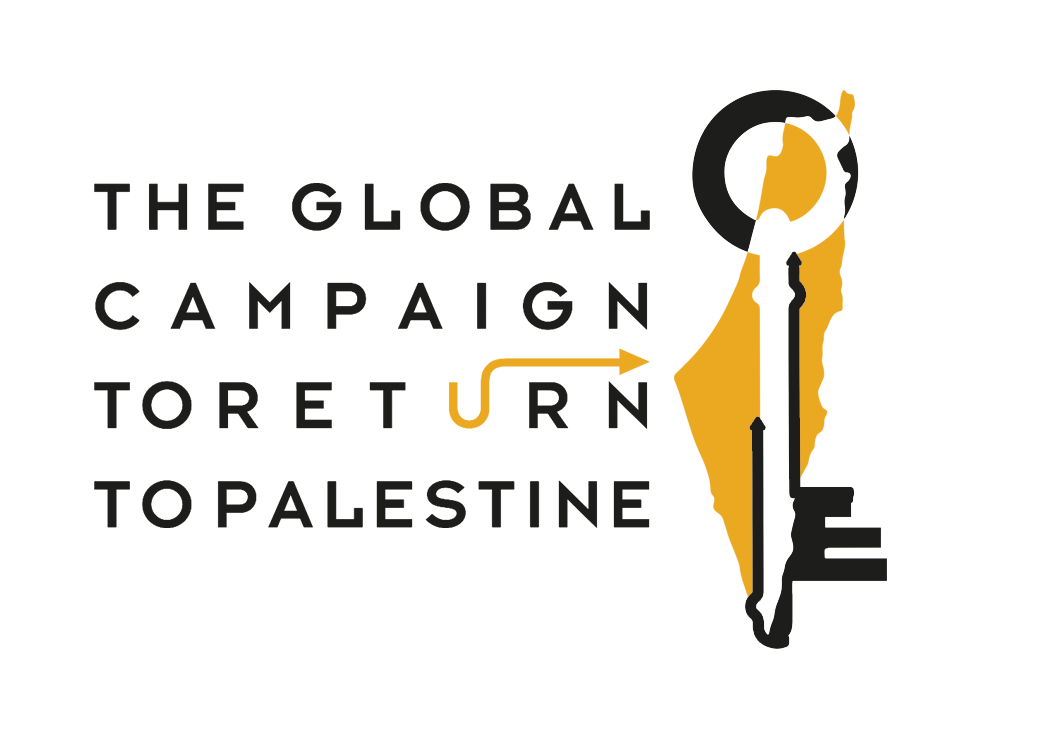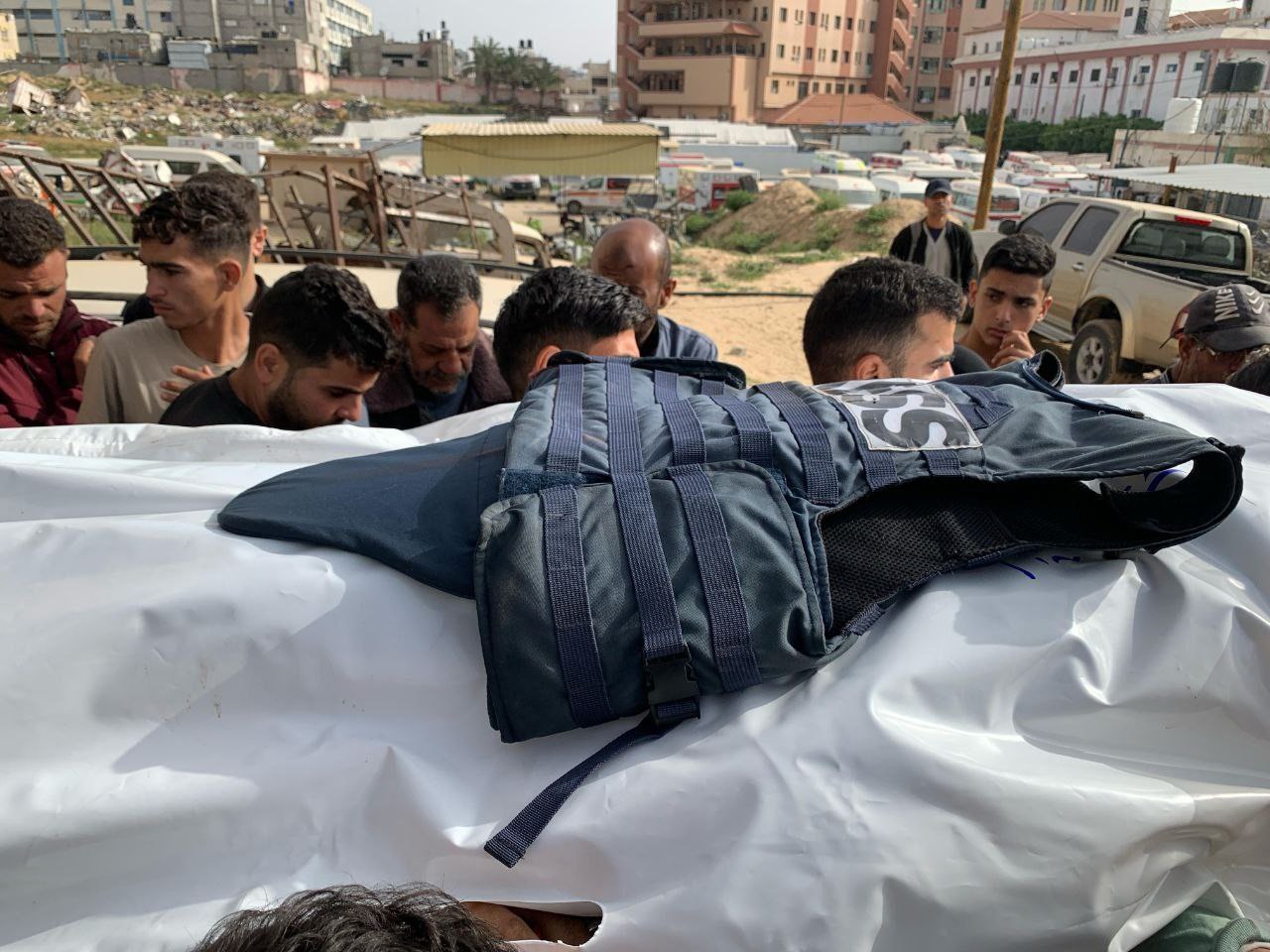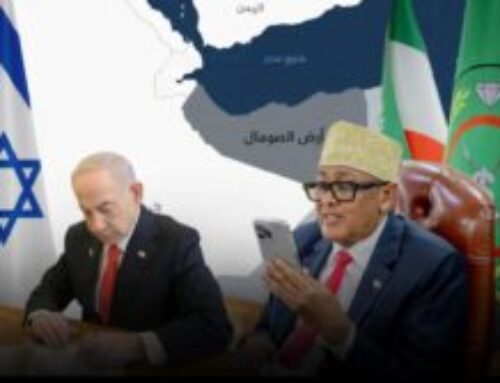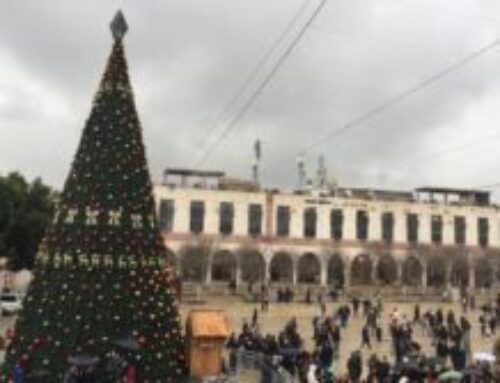In a humble tent pitched near Nasser Hospital in Khan Younis, southern Gaza, no flag was meant to be raised, no weapon brandished. The tent was a voice— a flicker of light in the darkness of genocide, a small outpost for the soldiers of the word, those who write the truth with their blood instead of ink.
There, where lenses spoke to the world of Gaza’s pain, the occupying entity chose to unleash its bombs— not against fighters, but on the truth itself.
Yet, in another crime added to its grim record of targeting everything, the occupying air force struck a journalists’ tent a few days ago, killing journalist Helmi Al-Faqaawi. Hours later, medical sources confirmed the death of journalist Ahmad Mansour, a correspondent for Palestine Today News Agency. They became numbers 210 and 211 in the procession of fallen truth-tellers since the beginning of the genocidal war on Gaza.
But these are not mere numbers.
They are Gaza’s mirrors, the guardians of its memory, its witnesses— those who stood on the frontlines to tell the world: Here, people are killed. Here, children die waving to the sky. Here, the truth is slain twice— once by bullets, and once by silence.
The Government Media Office in Gaza issued a strongly worded statement, expressing outrage and sorrow:
“We strongly condemn the Israeli occupation’s targeting, killing, and assassination of Palestinian journalists. We call on the International Federation of Journalists, the Arab Journalists Union, and all media organizations worldwide to denounce t hese systematic crimes against Palestinian journalists and media workers in Gaza.”
The statement went further, holding the occupation and its allies— including the United States, the United Kingdom, Germany, and France— fully responsible for this heinous crime, and urged urgent action by international media and human rights organizations to put an end to this bloody series of attacks.
The targeting of journalists constitutes a blatant violation of international humanitarian law, which guarantees the protection of civilians— including journalists— under Article 79 of the First Additional Protocol to the Geneva Conventions of 1977, which clearly states that
“Journalists engaged in dangerous professional missions in areas of armed conflict shall be considered civilians and shall be protected as such, provided they take no action adversely affecting their status as civilians.“
This is further reinforced by the UN General Assembly Resolution 1738 (2006), which calls for the protection of journalists in conflict zones and the accountability of those who commit crimes against them.
Amid the global silence, a few voices rose— those that refused to swallow their conscience. Journalistic and human rights organizations denounced the crime and stood with the people of Gaza and its journalists, stressing that this systematic targeting of Palestinian media aims to obscure the truth and isolate the besieged strip from the world.
Yet Gaza does not fall silent under the rubble. Its lenses still rise, and its microphones bloom roses from blood. Gaza redefines what it means to resist: Those who raise a camera in the face of a warplane do not die— They become icons and legacies.
Legacies that whisper to the world: We do not merely document death— we live to speak, and fall as martyrs to echo the truth in every corner of the earth.





